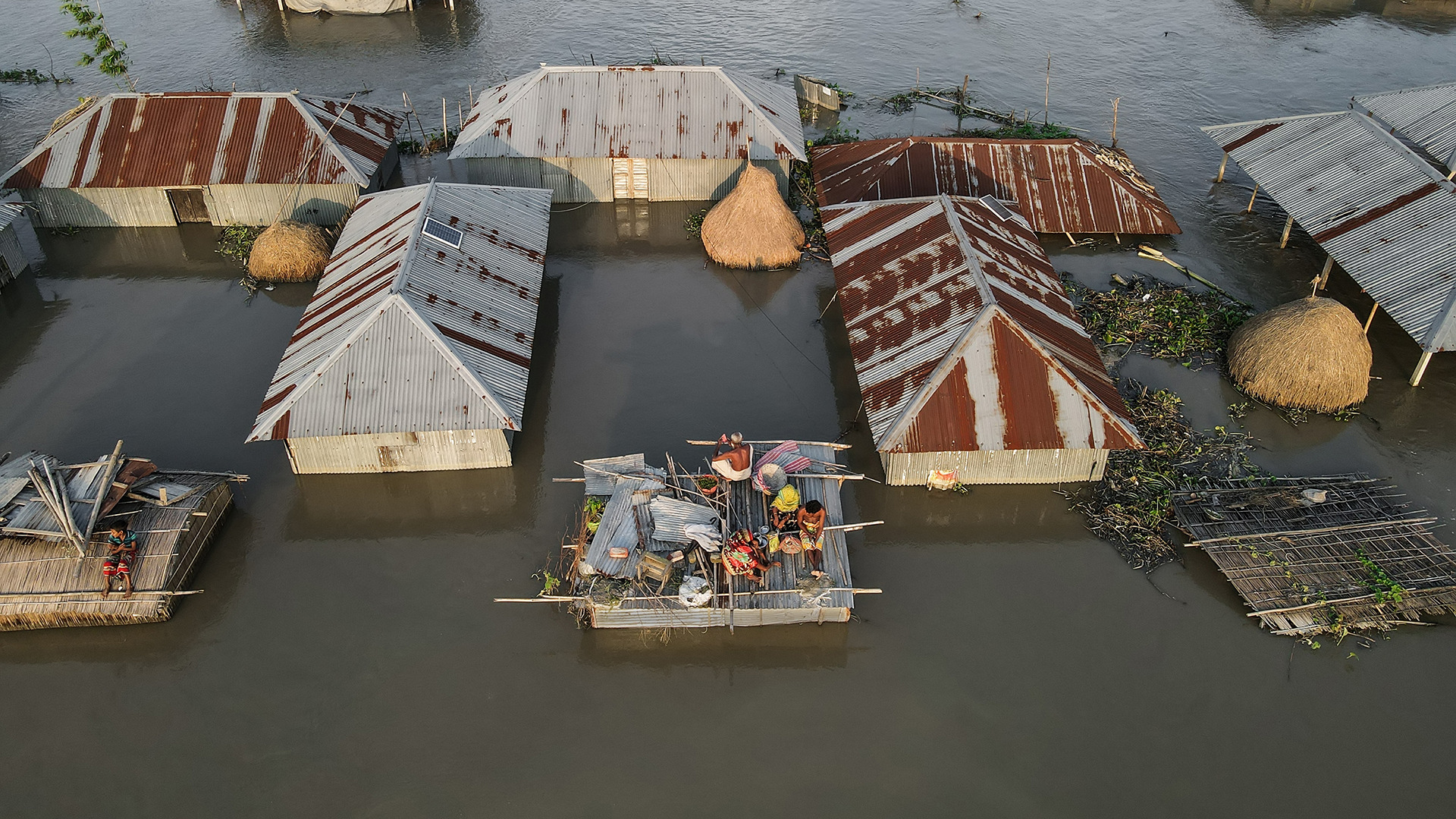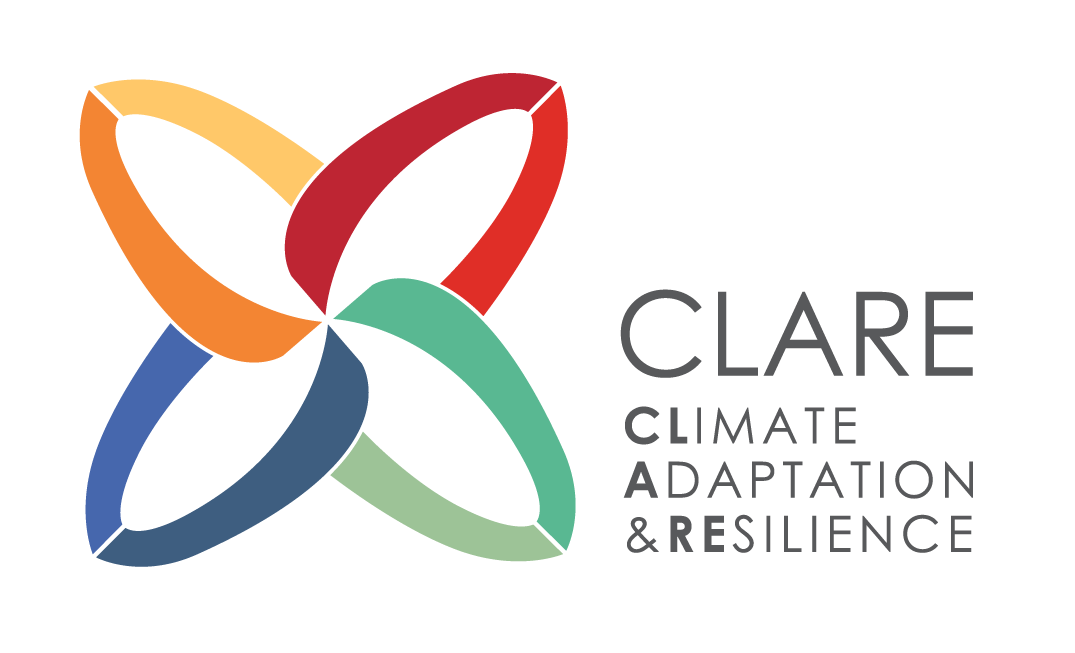
Spatial surge forecasting using artificial intelligence and community knowledge (SURF-IT)
Introduction
The project looks at coastal embankments in Southwest coastal regions of Bangladesh that often fail to protect the community against storm surges during cyclones. The work will be conducted in 20 Unions (lowest administrative divisions) included in four Upazilas (sub-districts) of the districts of Khulna and Satkhira. Research will inform and support the development of impact-based forecasts of water surge levels in selected inland tidal estuaries of the coastal areas of Bangladesh, with the option of scaling it nation-wide. Those forecasts promise to significantly improve the existing Early Action Protocols to reduce the impact of the surge on coastal people, especially on women and vulnerable groups, benefitting more than half a million people by the end of the project. For this to happen, the project will also investigate the conditions for the new protocols to be made operational by national authorities, and the conditions for its activation to truly benefit vulnerable groups, involving those groups in the design and testing of the protocol itself.
Context
Over 20 million people have been internally displaced by weather-related extreme events since 2008, with cyclones, storm surges and floods the most common immediate causes. Bangladesh has done remarkably well compared to other countries in managing the immediate impact of cyclones, with a focus on saving human lives. Yet storm surge remains less well understood, managed, and anticipated, particularly in rural areas of the delta where gender inequality is prominent and contributes to significantly to overall vulnerability. Storm surges are beginning to reach further inland and threaten the entire polders’ system of the delta. Flooding, siltation, erosion and embarkments failure are reducing land available and the opportunities for economic activities. So, a punctual response that focuses only on saving lives and relocating households is no longer sufficient, as damaged embankments allow salinity to intrude into soils, diminishing the agricultural productivity. Storm surges forecasting tools have not had the power to keep up with the increasing complexity of the events.
Approach and Methods
The work will be conducted in 20 Unions in four Upazilas of the districts of Khulna and Satkhira, among the most affected by storm surges. However, the tools and results obtained can be extended in other districts and to the whole polder areas of the delta. Two components of the work are:
- The participation of groups with diverse vulnerability in the decisions on how early warning and action protocols need to be improved
- The improvement of the services of the Bangladesh Meteorological Department via the production and use of dynamic digital maps of the embarkments and polders which contain the height, width, and structural conditions of the embankment at various locations, and which can be updated in near real time. Given the complexity of the dataset and the speed at which these maps need to be produced, the use of AI tools proposed by the project seems a necessity, or at least a notable advantage.
Work involves one year of data collection and model building, plus community awareness and sensitization. One year of model validation, and further community awareness and strengthening, and a final year of dissemination at higher level in national government institutions. The model will be co-produced with local experts and population. The equipment and primary and secondary data described in the research design seem appropriate.
Expected Results
Two main project-level outcomes are (1) Live impact-based forecast model is developed using Artificial Intelligence and is shared with local, national and international stakeholders for a wider dissemination; and (2) Adopting and piloting an inclusive Early Action Protocol which leads to reduced impact of surge and cyclone on communities (particularly women and vulnerable groups including people with disabilities, elderly ethnic minorities, adolescent boys and girls).
In terms of beneficiaries, the project aims to pilot its approach co-designing the new EAP protocol with around 400 women in an equivalent number of households in the 20 Unions, and hopes to benefit up to 660,000 people residing in the focus areas.
Photo credit: Muhammad Amdad Hossain

